Introduction
I’ve heard the term, “investment-grade” property a fair bit from a number of commentators/professionals/experts. Apparently, not every property in a suburb is considered investment-grade. And not all suburbs are investment-grade suburbs either.
There’s a claim that investment grade properties and suburbs outperform over the long-term. I thought I’d see what the data has to say about that.
Definition
A few of the terms I’ve heard/seen over the years used to define investment grade:
- Special
- Lifestyle location
- Safe & friendly
- Appeals to a wide range
- Affluent owners
- Short walk to amenities
- Cafes, parks
- Street appeal
- Views
- Natural light
- Privacy
- Attractive style
- Sound structure
- Above avg. historical growth
Personally, I think all of those features are pointless.
A true investment grade property
I believe that a true investment grade property is one that will deliver on the following 3 objectives:
- Low risk
- High growth
- High income
If you think that long list of investment grade features will result in these 3 objectives, then prepare to be enlightened.
Mt Druitt vs Cottesloe
Cottesloe is a suburb of Perth.
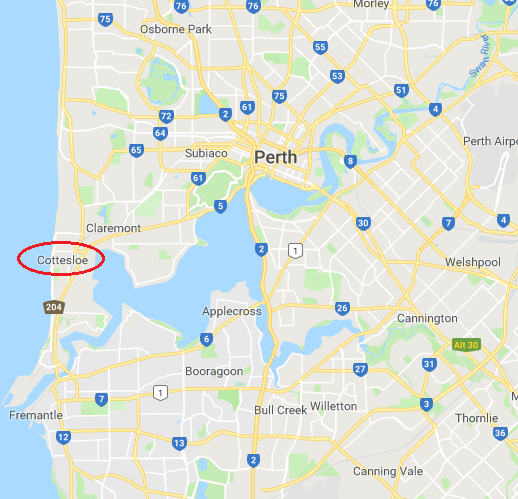
River one side, ocean the other. It’s a beautiful suburb of Perth. Here are some photos of Cottesloe.
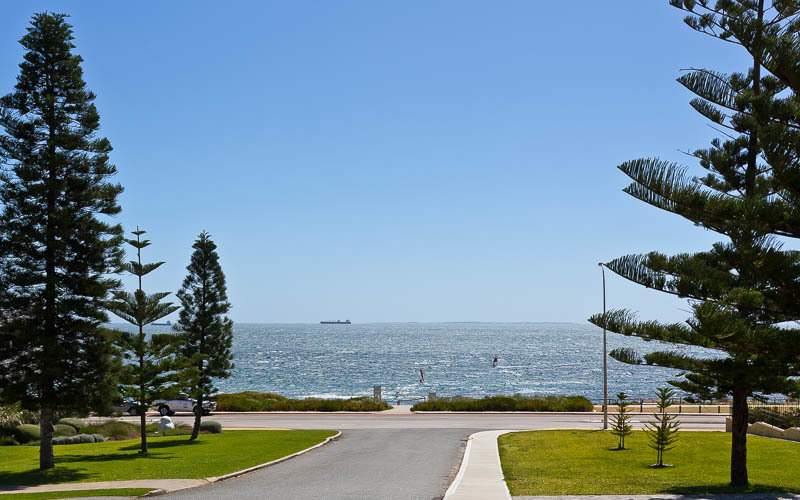
There are loads of properties throughout Cottesloe that fit the description of an investment grade property – as defined by the experts.
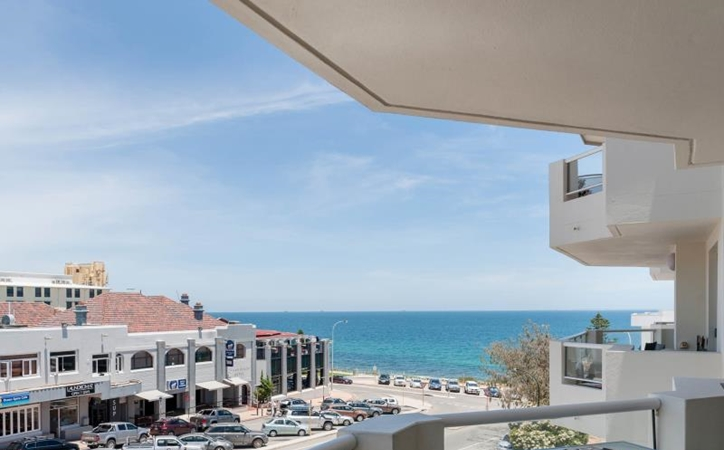
Looks like it has a few trendy cafés.
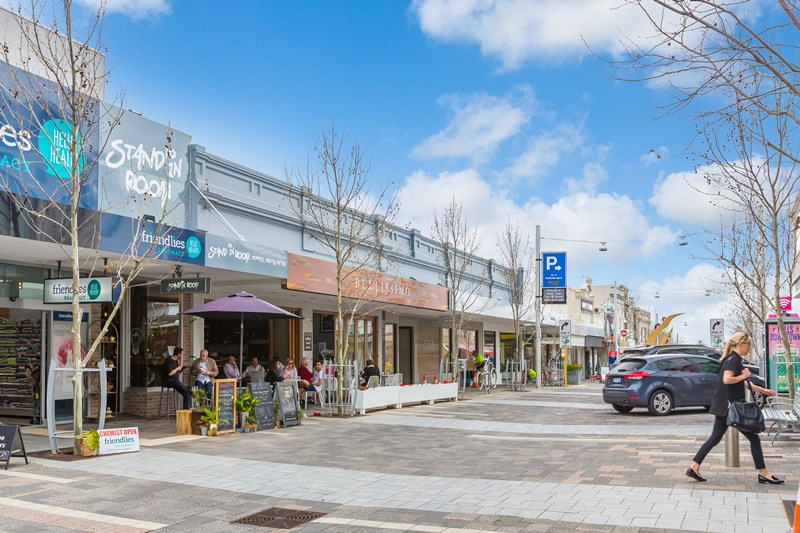
Nice shops.
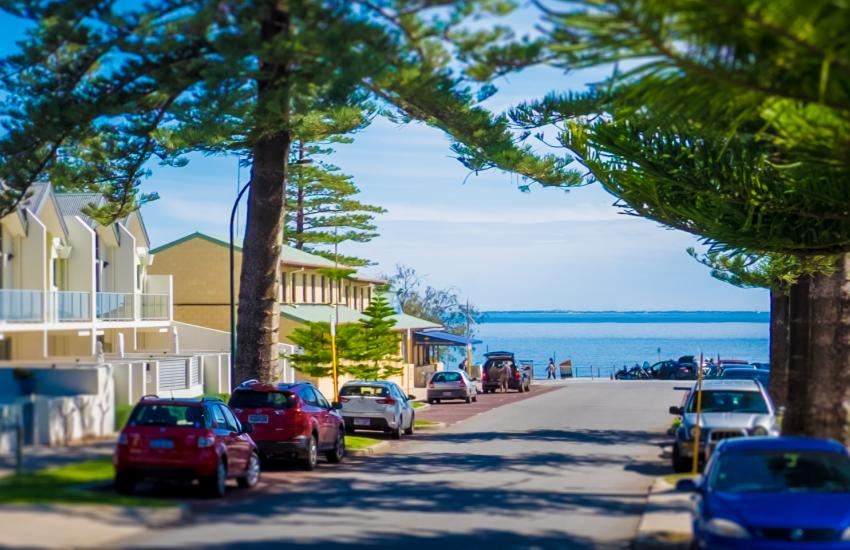
Imagine looking down your street and seeing that.
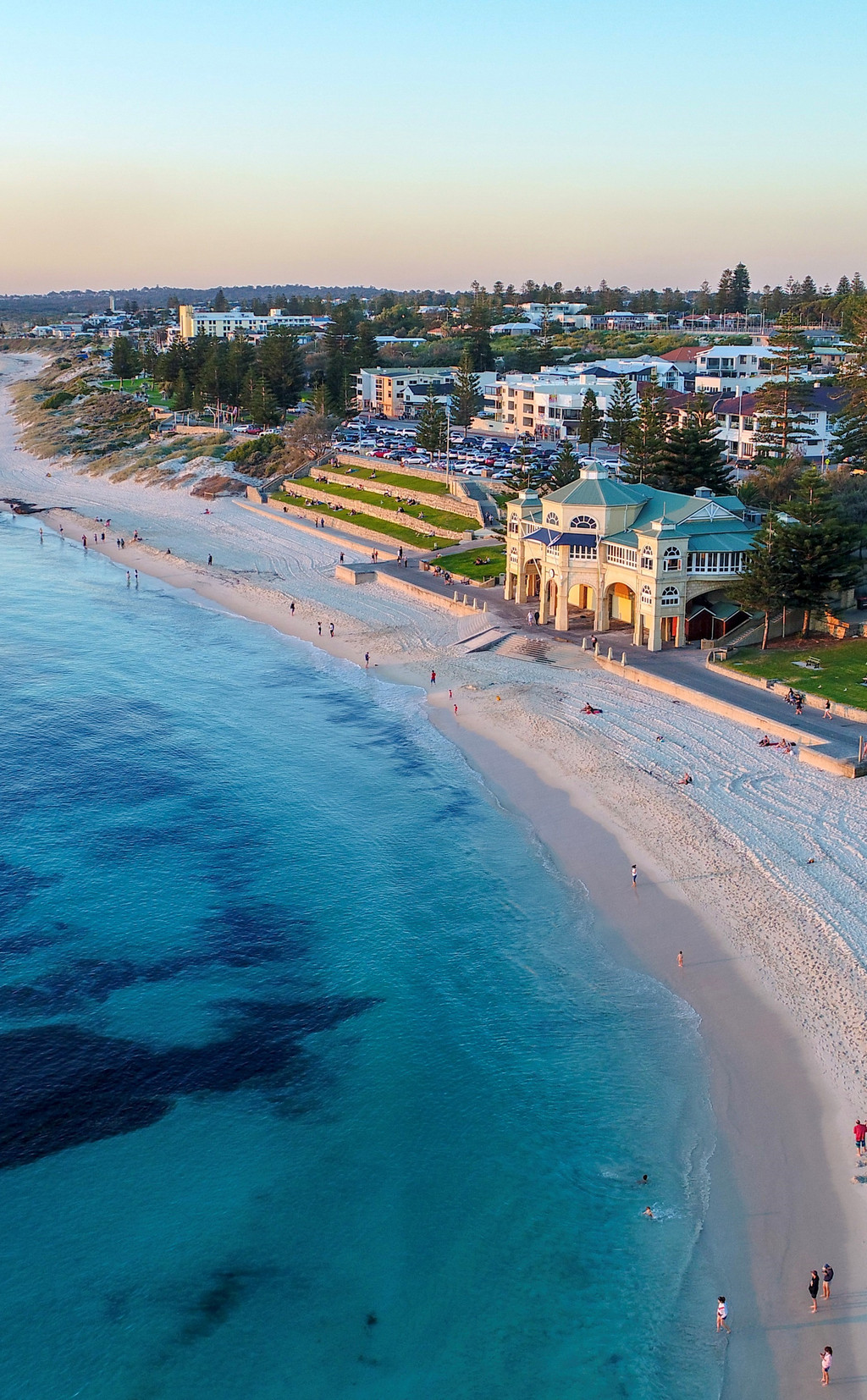
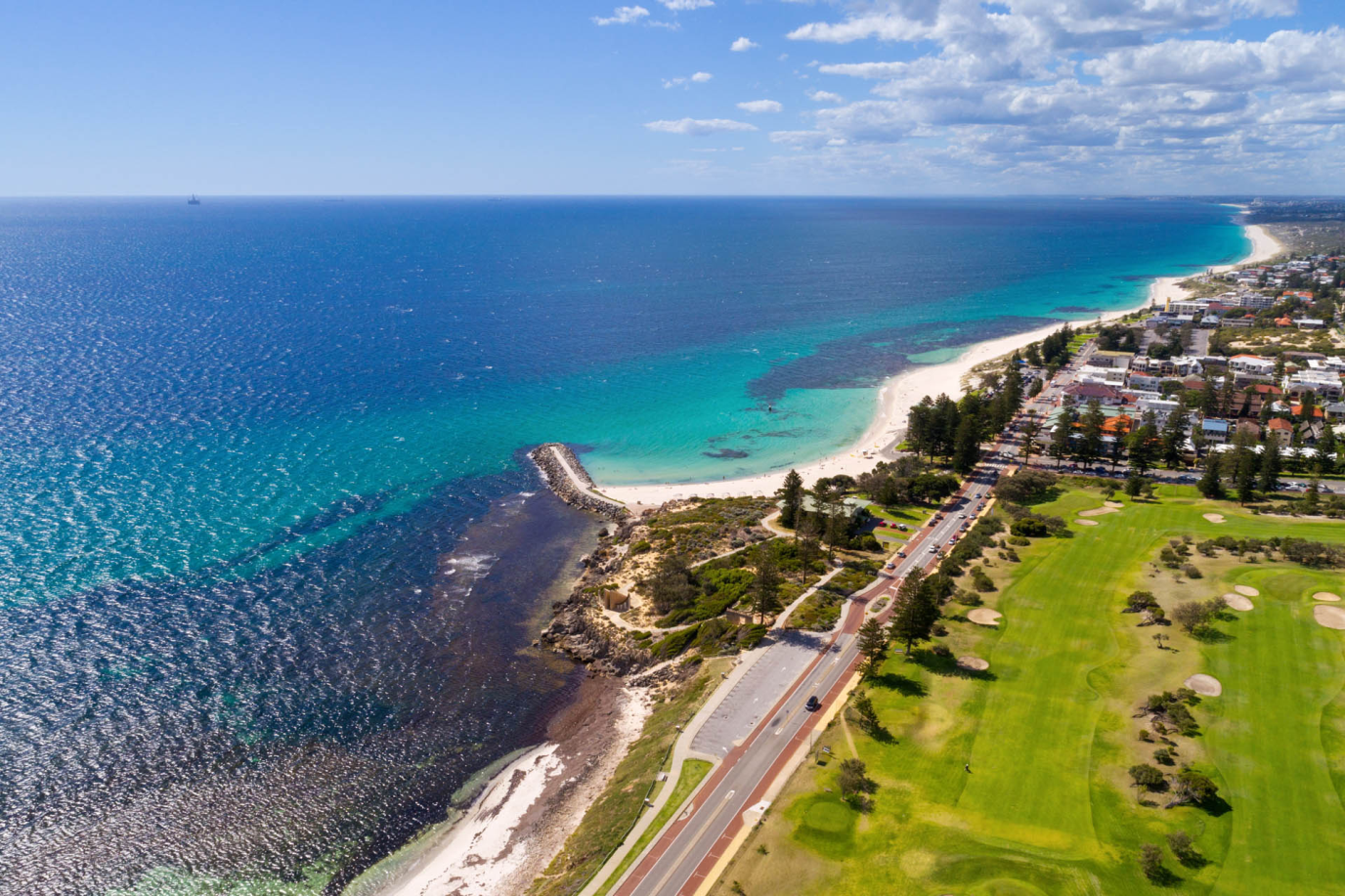
Here are some nice homes that would fit the bill for investment grade:
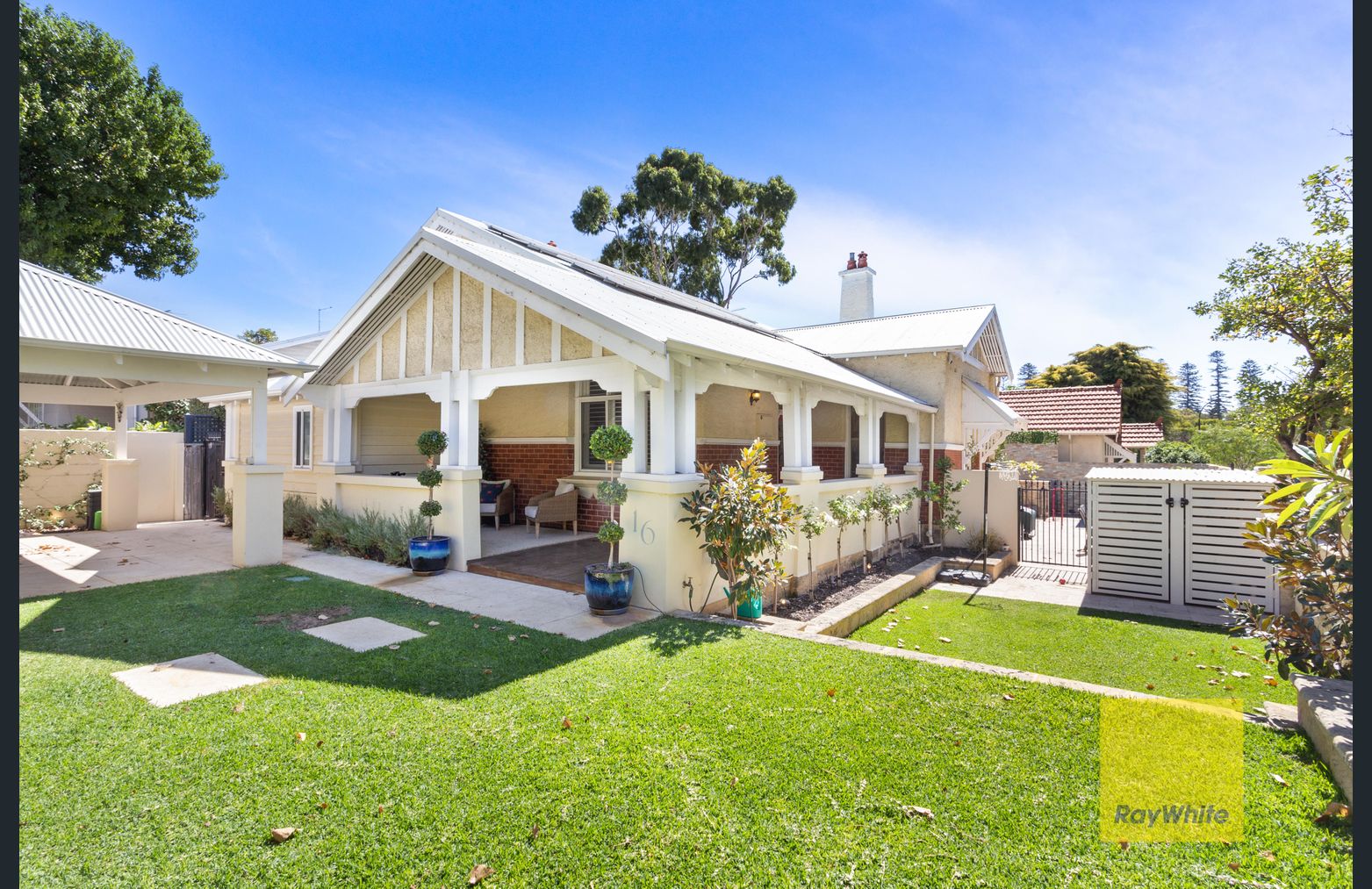
There’s nothing spectacular here by the way. These are just run of the mill.
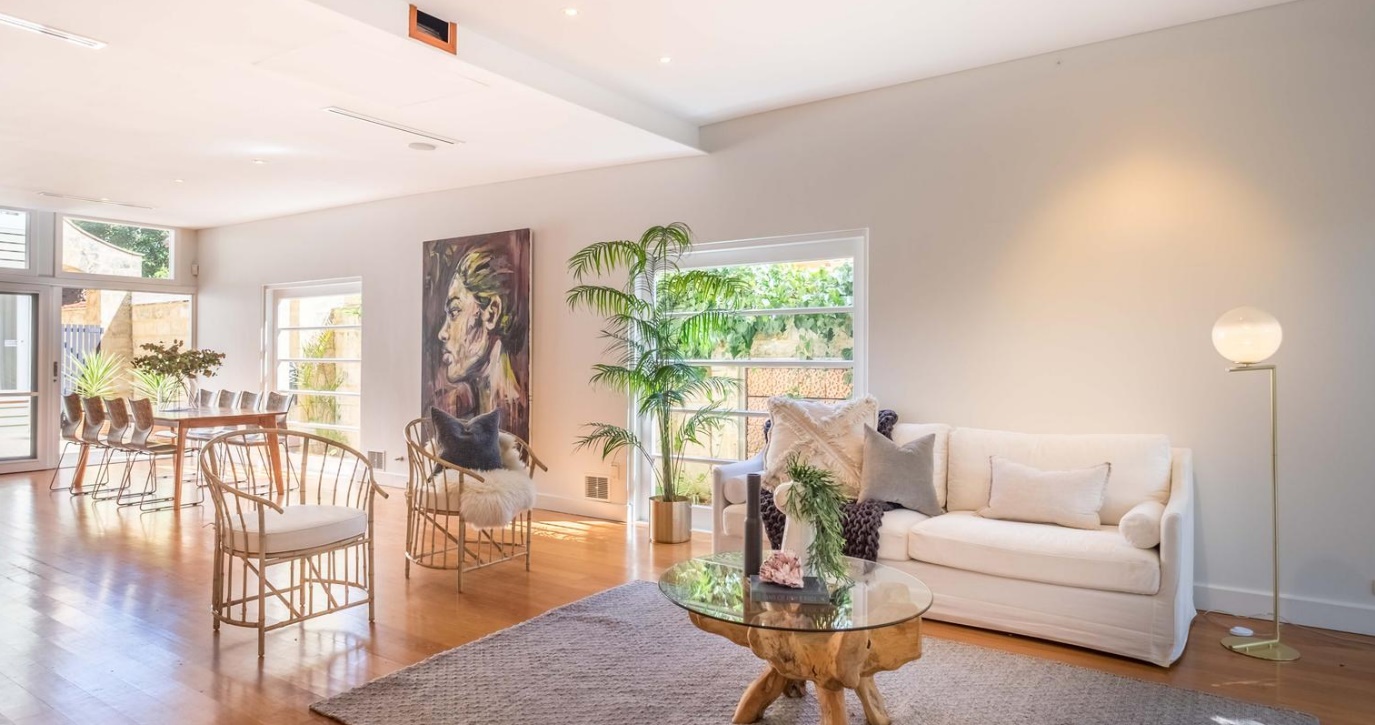
Trust me I’m not picking out anything flash here by Cottesloe standards.
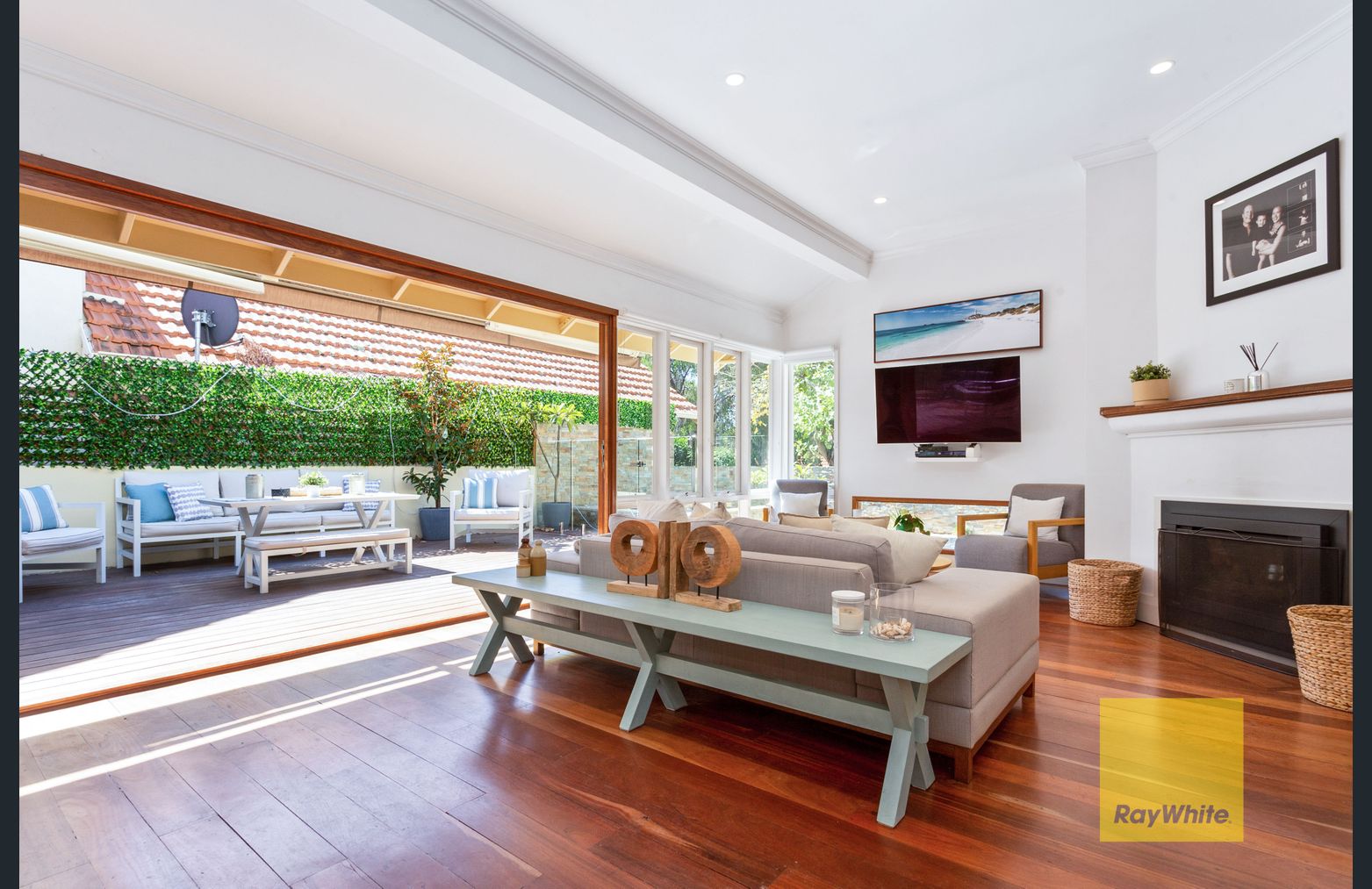
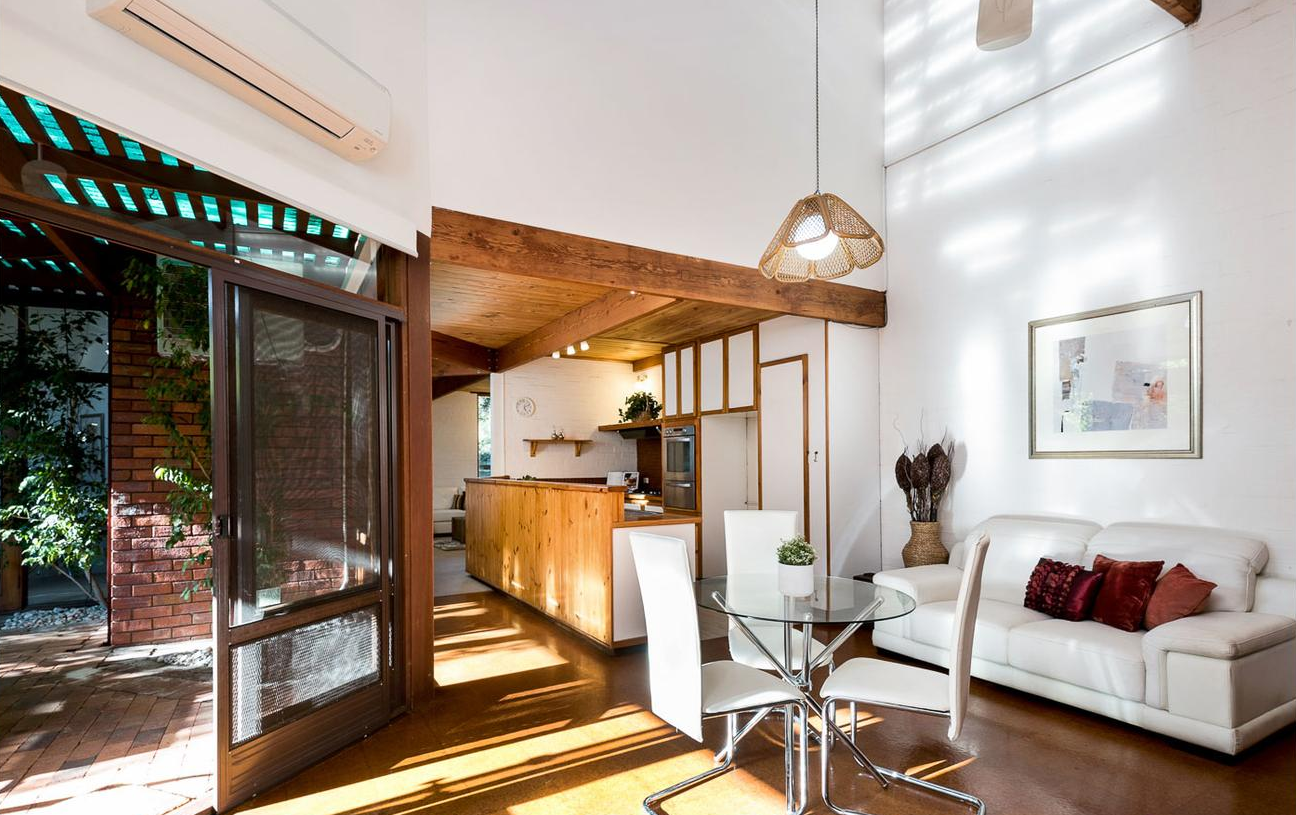
Now, let’s contrast those happy snaps with a market that has none of the attributes the experts believe make for an investment grade property – Mt Druitt in Sydney’s western suburbs.

Mt Druitt is a good hour’s drive west of the Sydney CBD.
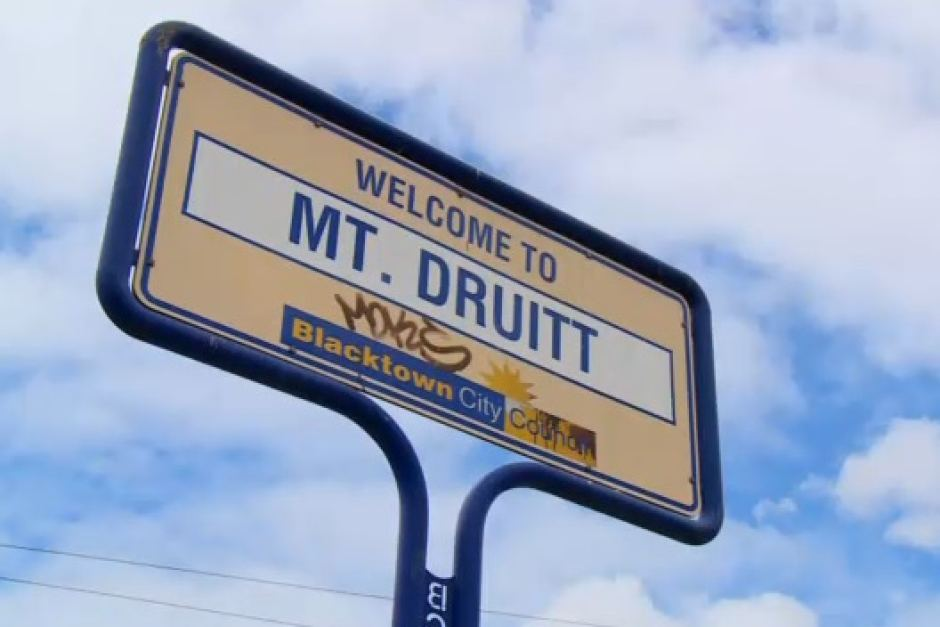
I grew up in this area so I know it pretty well. There used to be a sign that read, “Mt Druitt does not support domestic violence”.
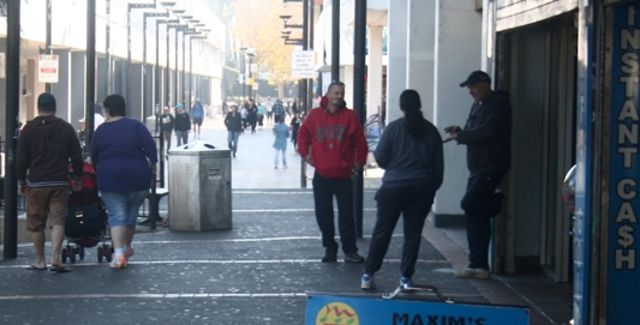
That’s a photo just down from Centre Link.
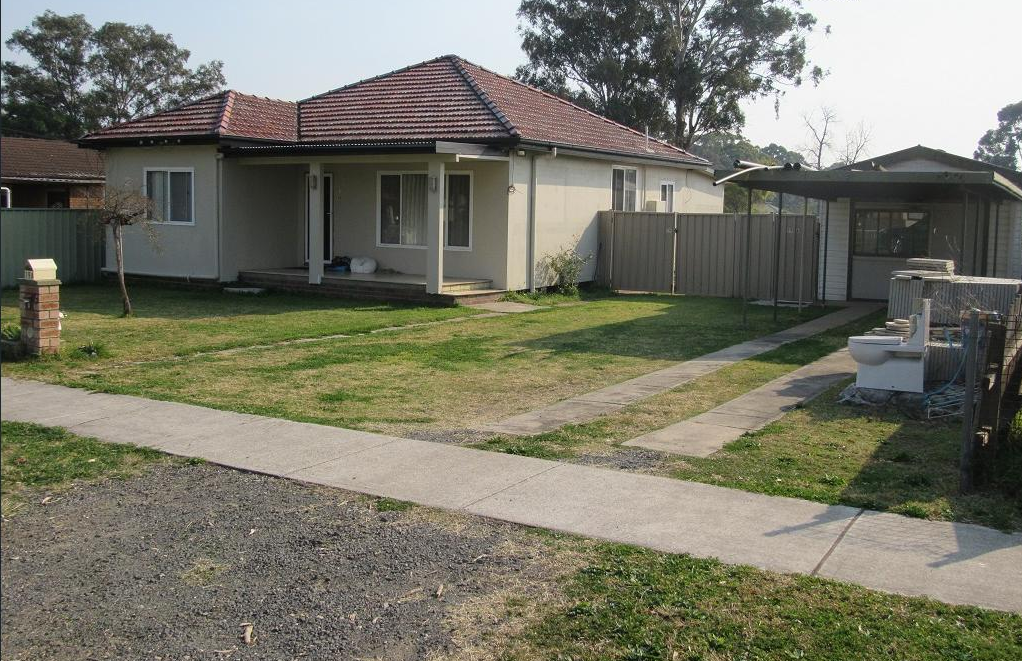
This is one of the best-looking houses I could find online at the time.
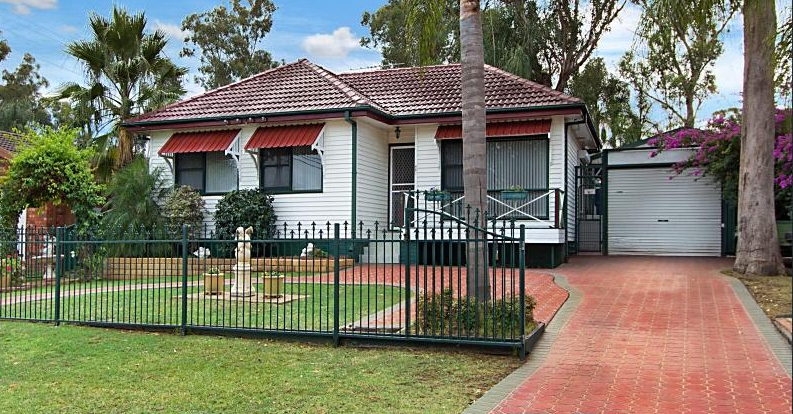
Outdoor toilets are back in vogue, but now they’re in the front yard with an open plan to encapsulate street views while doing your twos (see right).

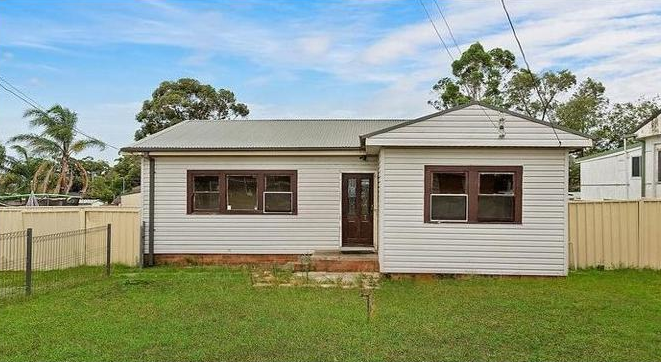
Simple, but serves a purpose.
Performance comparison
Let’s imagine the year is 2013 and you have a lot of money to invest in property. Which would you choose: Cottesloe, full of investment grade properties; or Mt Druitt, with perhaps none?
Here’s a chart plotting the 5-year growth in medians for houses in both Mt Druitt and Cottesloe.
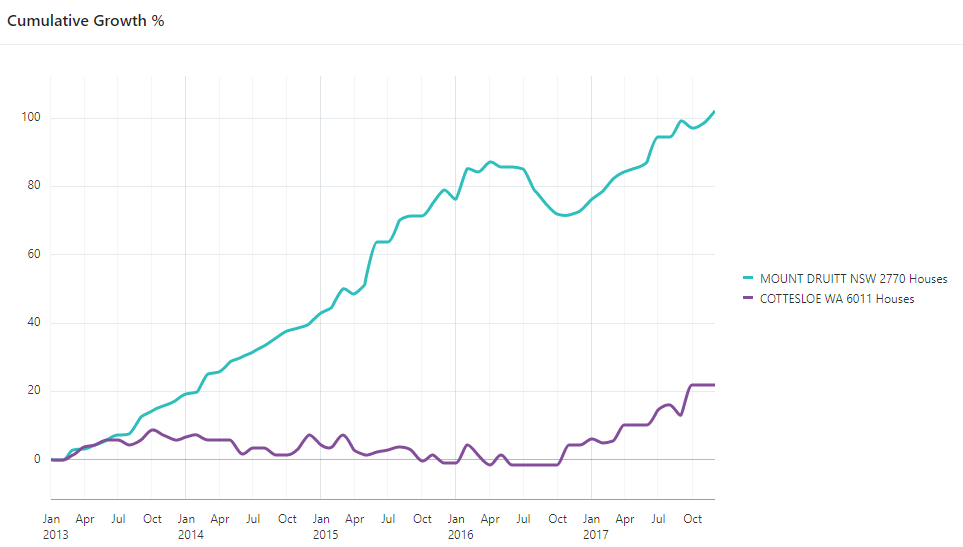
Mount Druitt houses doubled in value in these 5 years. Cottesloe houses grew by about 20%. The opportunity cost in just 5 years was 80%. For a $2m portfolio, that’s $1.6m.
Given the extraordinary difference in price growth between these two markets, it would have been very hard to find a single property in Cottesloe that outperformed any in Mt Druitt. How is this possible given they are at complete polar opposite ends of the investment grade spectrum?
It’s because the investment grade attributes, completely miss the point. More on that in a minute. There’s also risk to assess.
Risk
One measure of risk used in the share market is price volatility. It’s a measure of how radically price changes for a particular stock.
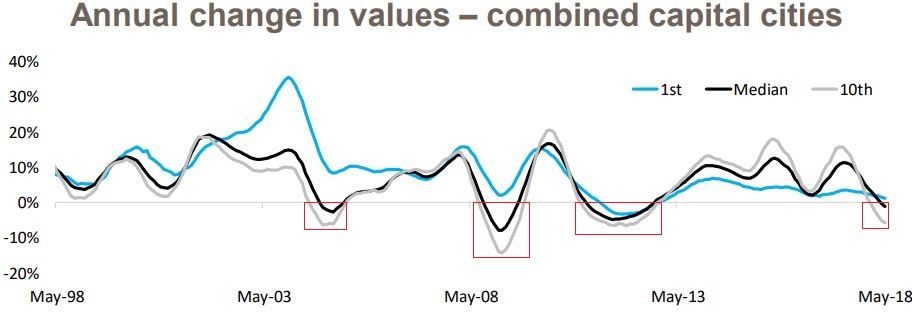
This chart comes from Core Logic. It’s part of their “decile” report. The grey line is the growth rate of the top 10% of expensive suburbs across the combined state capitals. The blue line is the growth rate for the cheapest 10%.
Core Logic has shown numerous times, that higher priced suburbs are generally more volatile than lower priced suburbs. They have larger gains and larger falls in percentage terms than cheaper suburbs.
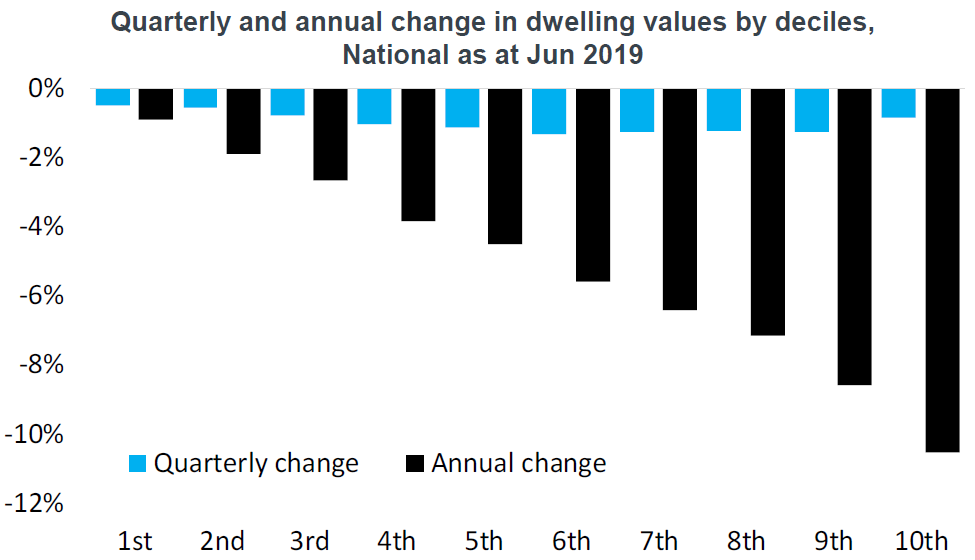
So, from this measure of risk, Mount Druitt might be considered less risky than Cottesloe. And given the price difference between these two markets, it’s possible investors could diversify more easily having properties spread across multiple cheaper suburbs rather than having all their eggs in one expensive suburb.
Yield
The yield in Mount Druitt has been significantly higher than that in Cottesloe for a very long time too. So, on all 3 objectives of risk, growth and yield, Mount Druitt has been the investment grade property market, not Cottesloe despite Cottesloe having all the suggested “features” of an investment grade suburb, while Mount Druitt has pretty much none.
Long term
Some might argue that over the long-term, Cottesloe will outperform Mount Druitt. But that changes nothing. An investor who bought a mil worth of Mount Druitt at the start of 2013 would have well over $1.5m after selling at the end of 2017. They could transplant that equity and buy more Cottesloe in 2017 than an investor would, if they had bought in Cottesloe back in 2013. It doesn’t matter how well Cottesloe grows from then on, an investor would have been better off starting in Mount Druitt.
Clarifying that point: if investor ‘A’ bought in Mount Druitt in 2013 and then sold in 2017 and bought in Cottesloe with their sale proceeds, they would be wealthier than investor ‘B’ who bought in Cottesloe to begin with. And that’s regardless of how long into the future we now look.
But there’s something peculiar people don’t realise about long-term growth – there’s a tendency for all markets to grow at the same rate. High prices subdue demand and restore balance. So, what we often see is markets racing ahead of others, only to be caught up later on.
Here’s an example.
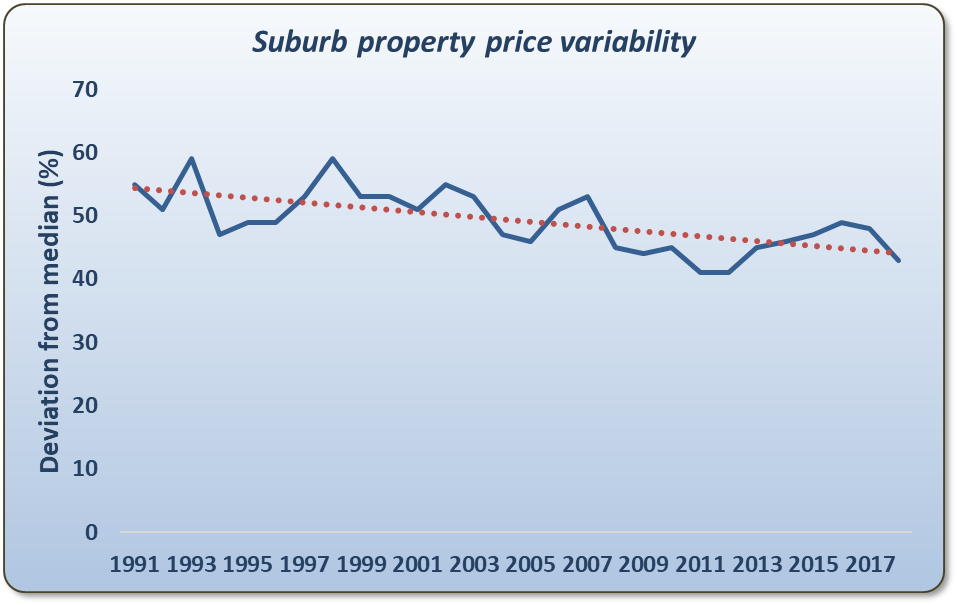
Corio is a lower socio-economic suburb of Geelong while Toorak is one of the priciest suburbs in Victoria. The two markets have been trading blows for the last 30 years in terms of their growth rates. At the time of putting together data for this presentation, Corio was on top. But in 10 years, it could be a different story.
Here’s a comparison of Campbelltown in Sydney’s far south west and Mosman in the pricey lower north shore.

Again, this is over a 30-year period. And again, they each have had their time winning the race.
Here’s another example.
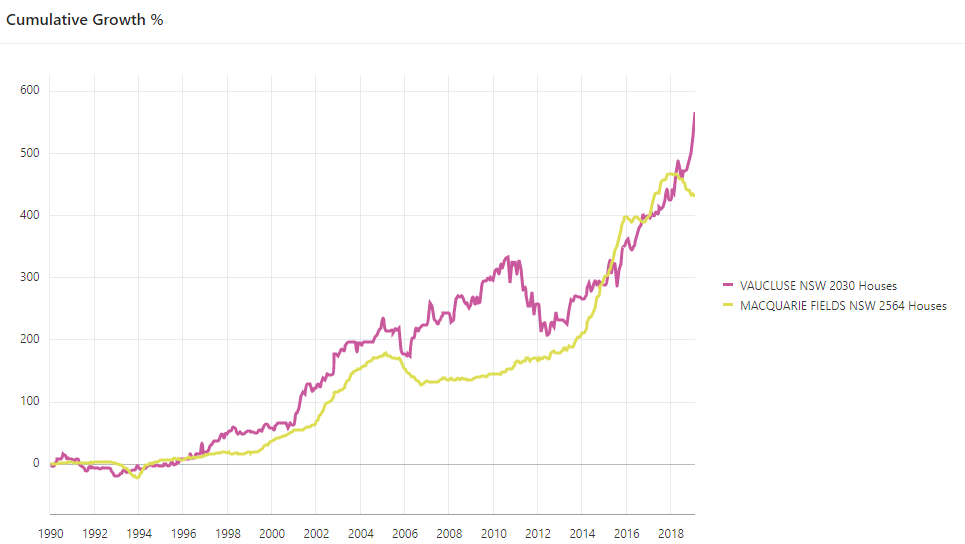
There are plenty of examples of affluent areas beating the cheaper areas and vice-versa. Every suburb will have its time to shine.
Averages
But these are just a few examples. You can cherry pick isolated cases to support almost any argument you like. It’s not until you calculate averages that you realise what the norm really is. That’s when the general trend starts to emerge. And the trend is that:
“Long-term, all property markets have a tendency to grow at the same rate”
Price variability
There’s another test we can perform against the data to see if the theory of investment grade properties the experts recommend holds true. They’ll often say that certain streets and certain properties will outperform the average streets and average properties in the same suburb.
If certain properties do outperform others in the same suburb, over the long-term the price difference between good and bad properties in a suburb would expand in percentage terms.

This chart shows the change in price variability per suburb across Australian suburbs from 1991 to 2018. Nearly a million property sales were considered. It’s not uncommon to see prices vary by as much as 50%. However, over the years, that variation has narrowed marginally.
The orange dotted line shows the general trend. If the experts are right, the trend line should be heading upwards to the right, but instead, it’s heading downwards. In other words, the variation away from the norm over the last 30 years has been narrowing, not widening.
This means that long-term there is tendency for properties to perform the same.
“Investment grade properties do not outperform over the long-term”
Nothing does. It’s the same for suburbs and cities too. The data shows there is a tendency to have similar rates of performance over the long-term. The longer the term of examination, the more closely the performance of properties, suburbs and cities becomes.
Millionaires & Bogans
Imagine there were 1000 mansions for sale in an exclusive suburb that everyone wished they could live in, but there were only 10 millionaires looking to buy one. According to the age-old law of supply and demand, prices for those mansions would tumble.
Now imagine a completely different market in which 1000 bogans are fighting over 10 dog-boxes – the only properties they can afford. Demand exceeds supply by 100-fold, prices will skyrocket.
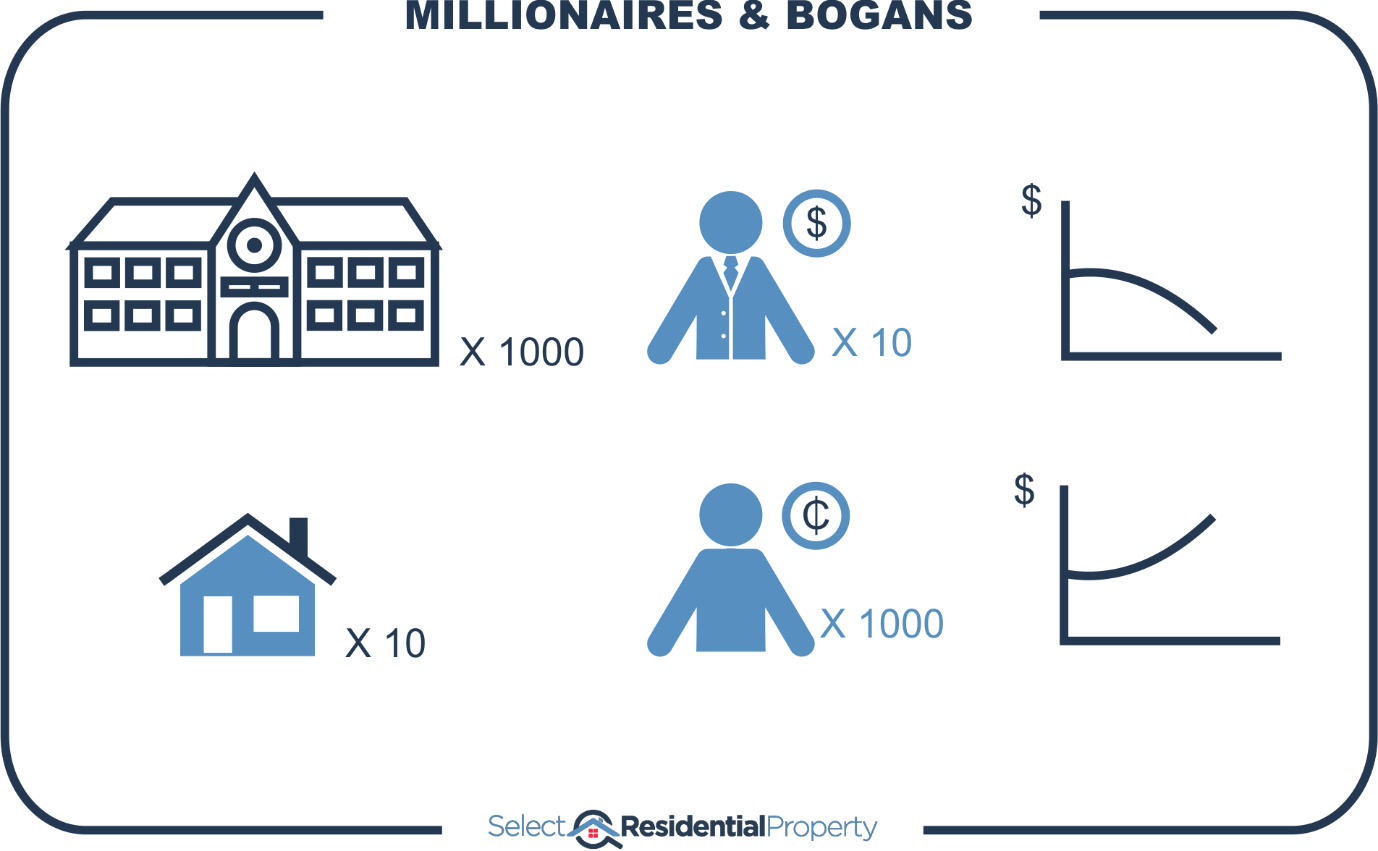
It has nothing to do with lifestyle, street appeal, views, proximity to amenities, architecture, etc.
Conclusion
There’s no relationship between nice features and higher capital growth.
You shouldn’t look for specific property attributes without first knowing what demand there is for them and also what supply there is of them. And not the “wishful thinking” kind of demand, the “bid higher” kind.
....................................................................................
 Jeremy Sheppard is head of research at DSRdata.com.au.
Jeremy Sheppard is head of research at DSRdata.com.au.
DSR data can be found on the YIP Top suburbs page.
Click Here to read more Expert Advice articles by Jeremy Sheppard
Disclaimer: while due care is taken, the viewpoints expressed by contributors do not necessarily reflect the opinions of Your Investment Property.